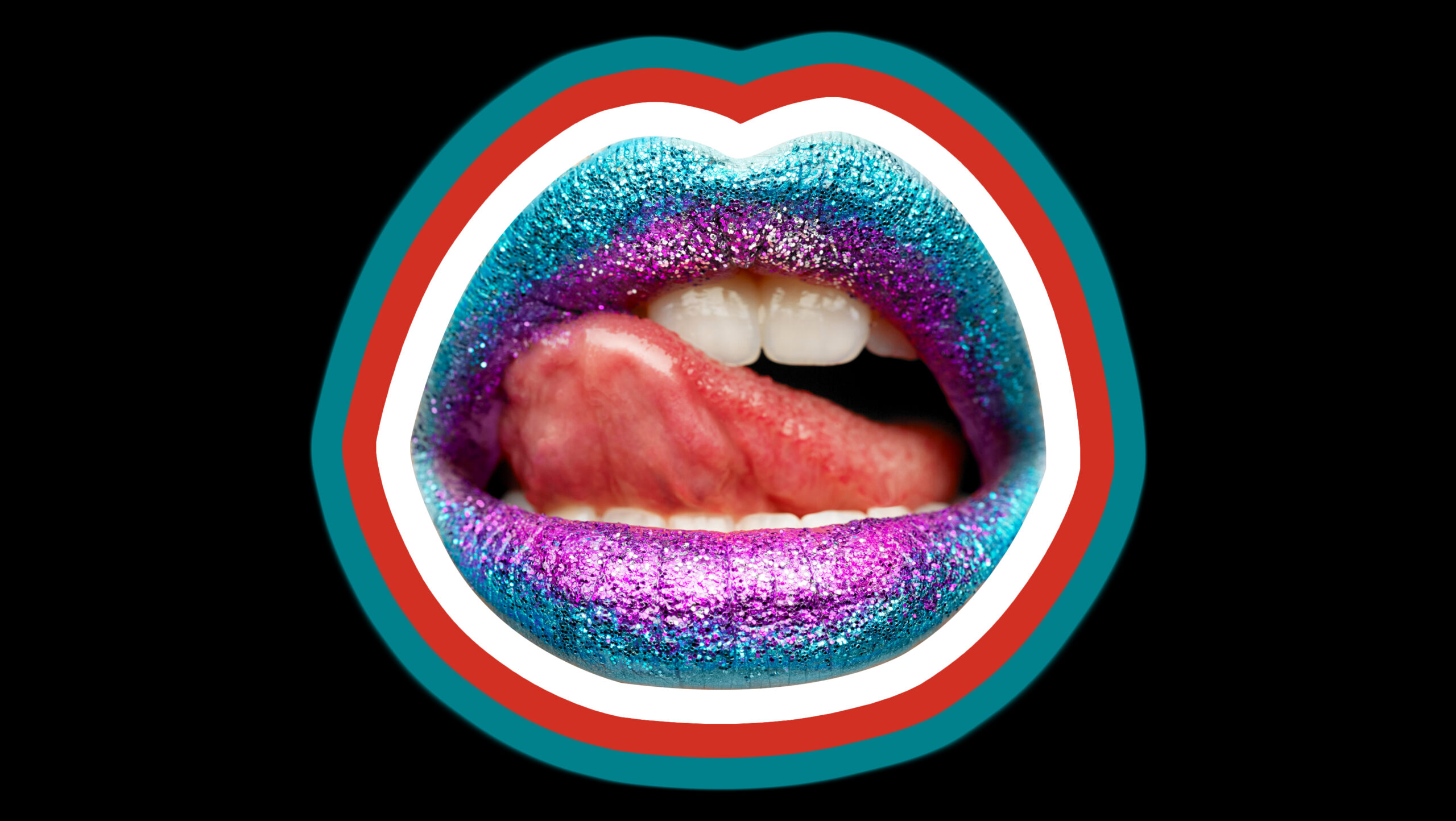To get Xtra Weekly in your inbox, subscribe here.
WEEKLY EXPLAINER
Well, hello there! I’m Eternity, a senior editor here at Xtra, and I’m filling in for Arvin Joaquin while he recharges on the west coast (and eats oysters beside Jason Momoa. Sigh).
I recently began covering Xtra’s health beat, which includes physical, mental and sexual health, as well as sex and relationships. While you were blessed with Erica Lenti’s Lesbian Edition newsletter last week, this week, you’ll get a big dose of . . . sexually transmitted infections.
Now that I have your attention, I’d like to tell you that rates of STIs are on the rise in both Canada and the US, and instances of chlamydia and gonorrhea are soaring. Cases of syphilis have also skyrocketed across Alberta, which hasn’t seen an outbreak like this in decades. The infection rate in specific areas like Edmonton is up more than 300 percent — and researchers are stumped.
A decrease in condom use is being cited as one of the likely reasons for the increase in STIs. “People just aren’t wearing condoms as much as they should be,” Dr Isaac Bogoch, infectious disease specialist at Toronto General Hospital, told CTV.
Another possible cause for the rise of sexually transmitted infections? We’re ashamed to talk about them. A recent article in the New York Times suggests that, even in an era of increased sex positivity, fewer young people are getting treated for STIs because of fear and stigma. LGBTQ2 people already struggle to find affirming healthcare providers. Lesbian, bisexual and queer women are also at a higher risk of STIs and HPV because of a widespread myth that they don’t need to be tested, and trans men have a higher rate of inadequate pap testing.
But self-testing, which can help people who don’t feel comfortable getting tested by a healthcare providers, is on the rise. Montreal just opened a self-testing clinic, which is thought to be the first of its kind in North America. At-home STI-kits aren’t as widely available in Canada as in the US, though many have been proven to be an effective means of determining your status.
Of all the members in our communities, it’s true that gay and bisexual men are most at-risk of contracting STIs (they also have a higher risk of hep c being transmitted sexually). But what about queer women’s sexual health?
Enter: the dental dam. Earlier this week, I wrote a feature about the dam’s bad rap, and why it’s time to rethink its reputation. Here are some takeaways from my story, “Why did the dental dam become a joke?”
GIVING A DAMN ABOUT THE DENTAL DAM

It’s origin story is still oral The dam was created in 1864 to be used during dental work.
The dam was around before the AIDS epidemic In the ’70s, lesbians and queer women struggled to get attention within the mainstream feminist health movement — which mainly focused on straight women, pregnancy and abortion — and the gay men’s movement, which centred sexual health and STI prevention. At the time, queer women had already been using the dental dam as a safe-sex method for years, but its use, and questions about HIV transmission among women who had sex with women, ramped up during the AIDS epidemic.
It tastes bad It’s really hard to find unflavoured dams; I found a grape one that tasted like latex and magic marker. Yuck!
It’s hard to find The drug stores I visited didn’t sell dams, but there were some online. I found a small amount of stock at a sex shop — but one dam cost nearly $4!
Ha ha . . . ha? Stories and videos of queer women grimacing and laughing at dams continue to circulate the internet, and they’re only mentioned in TV and film as a punchline, like in Knocked Up (2007) or Booty Call (1997).
The myth that people with vaginas who have sex with other people with vaginas can’t transmit STIs is . . . a myth According to the CDC, individuals with vaginas who have sex with other people with vaginas are at risk of STIs, which can be spread through skin-to-skin contact, mucosal contact, vaginal fluids, menstrual blood and the sharing of sex toys. The most common STI is human papillomavirus (HPV). Instances of syphilis and chlamydia have also been reported, though they were likely transmitted from a previous partner with a penis.
Dams should be marketed to everyone Although dental dam manufacturers have largely been focusing their marketing on women who have sex with women, more people than ever before identify as bisexual, non-binary or gender fluid, and they have a range of sexual practices — that should be the focus of sexual health, not how someone identifies.
People are actively asking for dental dams The organizations I spoke with for the piece say that dams aren’t dead: they encounter more people wanting dams than they have to give. The City of Toronto provides thousands of condoms to sexual health clinics, but only gives out 300-500 dams — if any — a year. Many organizations rely on donations, or have to buy in bulk from dental dam distributors (even then, latex-free and unflavoured dams are very hard to come by).
It’s the best thing we’ve got right now Young innovators are trying to make new, sexier versions, but for now, dental dams and female condoms are the only options we have when it comes to safer-sex methods for people with vaginas. You’re damned if you do and damned if you don’t, I guess.
Has the dam peaked your curiosity? Read the full story here.
For more LGBTQ2 news, subscribe to Xtra Weekly.


 Why you can trust Xtra
Why you can trust Xtra


